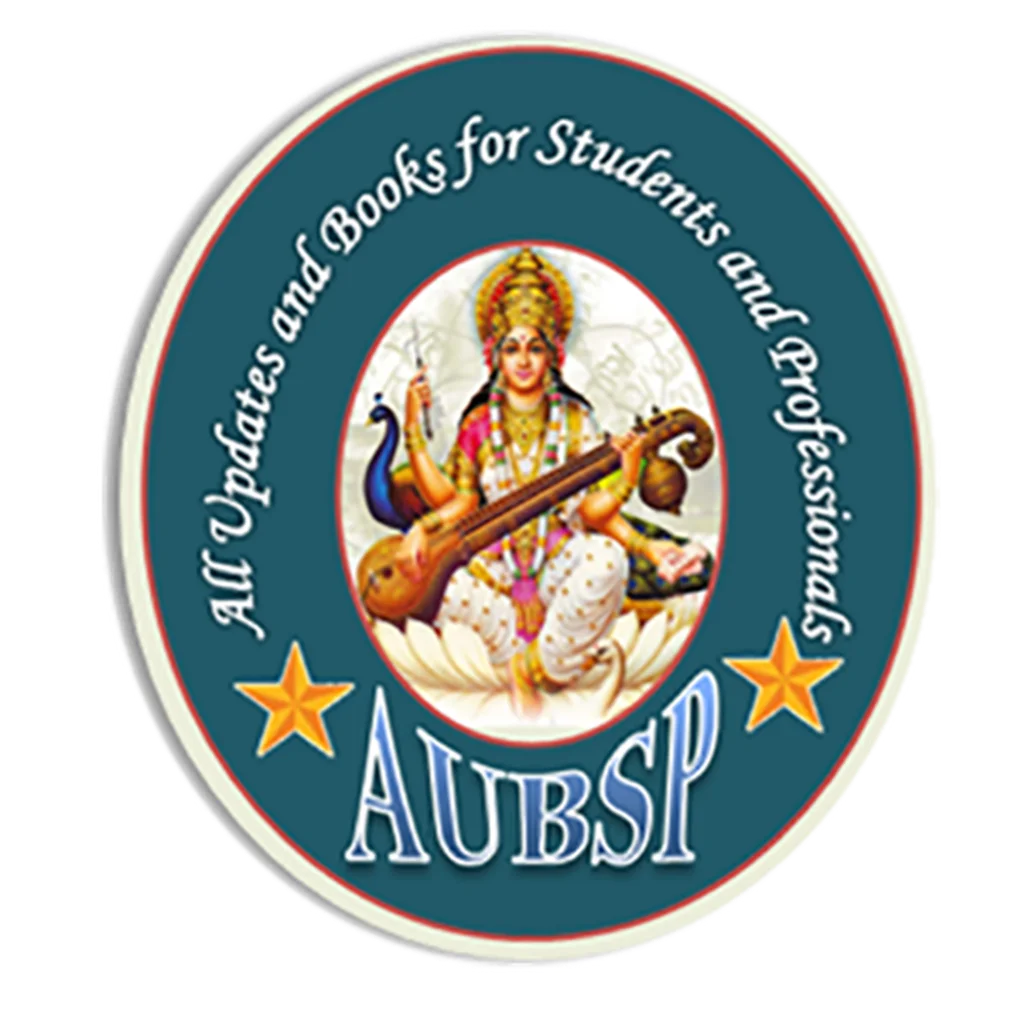Kenya’s education system has transitioned from the 8-4-4 model to the more progressive 2-6-3-3-3 Competency-Based Curriculum (CBC), which emphasizes skill development, creativity, and practical learning over rote memorization. The CBC is structured into six key stages—pre-primary, lower primary, upper primary, junior secondary, senior secondary, and tertiary education—each tailored to a learner’s age and development.
It offers specialized pathways in senior secondary (Arts and Sports, Social Sciences, and STEM) to align with students’ interests and career goals, culminating in national assessments and opportunities for university, technical, or professional training. The former 8-4-4 system, still relevant for some older students, focused on a uniform, exam-driven approach. Overall, the CBC aims to nurture adaptable, innovative citizens equipped for the modern world.
Kenya’s Education System: Overview of the 2-6-3-3-3 CBC and 8-4-4 Curriculum
Kenya’s education system has undergone a significant transformation, evolving from the long-standing 8-4-4 system to the progressive 2-6-3-3-3 Competency-Based Curriculum (CBC). This shift reflects a strategic move towards a more learner-centered approach, emphasizing skills development and practical application over rote memorization. This article provides a detailed look into the current education structure in Kenya, its key stages, and a brief overview of the former system for context.
The Current System: 2-6-3-3-3 Competency-Based Curriculum (CBC)
The CBC is designed to align education closely with a student’s age and developmental stage, fostering a holistic learning experience. It is structured into distinct phases, each with specific learning objectives and age ranges.
1. Pre-primary Education
Age: 4–5 years
Duration: 2 years
Levels: PP1 (Pre-Primary 1), PP2 (Pre-Primary 2)
Focus: This foundational stage introduces young learners to essential skills through play-based learning. Key areas include early literacy and numeracy, life skills, and environmental awareness. The emphasis is on developing cognitive, social, and emotional readiness for formal schooling.
2. Lower Primary
Age: 6–8 years
Duration: 3 years
Grades: Grade 1 to Grade 3
Focus: Building upon pre-primary foundations, this stage concentrates on core literacy and numeracy skills in both English and Kiswahili, Kenya’s national language. Students also engage in environmental activities and learn about hygiene, promoting a well-rounded early education.
3. Upper Primary
Age: 9–11 years
Duration: 3 years
Grades: Grade 4 to Grade 6
Focus: In Upper Primary, the curriculum expands to include core subjects alongside practical and creative disciplines such as home science and agriculture. This stage aims to broaden students’ intellectual horizons and introduce them to diverse fields of knowledge.
Assessment: At the end of Grade 6, students undergo national assessments. These assessments play a crucial role in determining their readiness and transition to Junior Secondary education.
4. Junior Secondary
Age: 12–14 years
Duration: 3 years
Grades: Grade 7 to Grade 9
Focus: Junior Secondary marks a significant transition where students begin to explore more specialized subjects. This stage introduces them to various career pathways, allowing them to identify areas of interest and aptitude.
Transition: Progression from Upper Primary to Junior Secondary is guided by performance in the Grade 6 national assessments, ensuring students are appropriately placed for more advanced learning.
5. Senior Secondary
Age: 15–17 years
Duration: 3 years
Grades: Grade 10 to Grade 12
Pathways: This stage offers diversified learning pathways, allowing students to specialize based on their interests and career aspirations. The three main pathways are:
- Arts and Sports Science: For students with talents and interests in creative arts, performing arts, and various sports disciplines.
- Social Sciences: Focused on humanities, social studies, and related fields.
- STEM (Science, Technology, Engineering, and Mathematics): Catering to students pursuing careers in scientific and technological fields.
Assessment: The culmination of Senior Secondary education is marked by the Kenya National Examinations Council (KNEC) exam at the end of Grade 12. Performance in this examination determines eligibility for tertiary education.
6. Tertiary Education
Age: 18+ years
Options: Upon successful completion of Senior Secondary, students can pursue various tertiary education options:
- Universities: Offer Bachelor’s degrees, with durations typically ranging from 3 to 6 years depending on the chosen course of study.
- TVETs (Technical and Vocational Education and Training): Provide diplomas and certificates in a wide array of technical and vocational fields, equipping students with practical skills for specific industries.
- Teacher Training Colleges: Specialize in training educators for various levels of the education system.
- Medical Training Colleges: Focus on preparing healthcare professionals.
The Former System: 8-4-4 System
While phased out, the 8-4-4 system remains relevant for older students who commenced their education before the full implementation of the CBC. It comprised:
- Primary (8 years): Standard 1 to Standard 8, typically for ages 6–13.
- Secondary (4 years): Form 1 to Form 4, catering to ages 14–17.
- University (4 years): Undergraduate degree, for students aged 18 and above.
Summary Table of Education Levels in Kenya
| Education Level | Typical Age Range | Duration | Grade/Level |
|---|---|---|---|
| Pre-primary | 4–5 years | 2 years | PP1, PP2 |
| Lower Primary | 6–8 years | 3 years | Grade 1–3 |
| Upper Primary | 9–11 years | 3 years | Grade 4–6 |
| Junior Secondary | 12–14 years | 3 years | Grade 7–9 |
| Senior Secondary | 15–17 years | 3 years | Grade 10–12 |
| Tertiary (University/TVET) | 18+ years | Varies | Diploma/Degree levels |
The transition to the CBC represents a significant milestone in Kenya’s educational journey, aiming to equip its youth with the competencies necessary for the 21st century’s dynamic global landscape. This reformed system is poised to foster a generation of critical thinkers, problem-solvers, and innovators, ready to contribute meaningfully to national development.
FAQs on Age-wise Education System in Kenya
What is the 2-6-3-3-3 Competency-Based Curriculum (CBC) in Kenya?
The 2-6-3-3-3 CBC is Kenya’s new education system designed to provide a more learner-centered, skills-based approach. It replaces the 8-4-4 system and focuses on developing practical competencies in students at each stage of their learning journey.
How is the 2-6-3-3-3 CBC structured?
The CBC consists of six levels: 2 years of pre-primary, 6 years of primary (split into 3 years of lower and 3 of upper primary), 3 years of junior secondary, 3 years of senior secondary, and 3 or more years of tertiary education.
At what age do children begin pre-primary education under CBC?
Children typically start pre-primary education at age 4, with PP1 and PP2 covering two years.
What is taught in the pre-primary stage of CBC?
The pre-primary stage emphasizes play-based learning, early literacy and numeracy, life skills, and environmental awareness, aiming to build cognitive, emotional, and social readiness.
What are the focus areas in lower primary education?
Lower primary (Grades 1–3) focuses on strengthening literacy and numeracy in English and Kiswahili, environmental education, and personal hygiene.
What subjects are included in upper primary education?
Upper primary (Grades 4–6) includes core academic subjects and introduces learners to practical skills such as agriculture, home science, and creative arts.
What happens at the end of upper primary under CBC?
Students take a national assessment after Grade 6, which determines their readiness and placement into junior secondary school.
What is the purpose of junior secondary education in the CBC?
Junior secondary (Grades 7–9) helps learners explore various academic and vocational subjects to identify their strengths and career interests.
How are students assessed in the CBC system?
Assessment is continuous and competency-based, with national exams at key transition points like Grade 6 and Grade 12, alongside classroom-based evaluations.
What is senior secondary education in the CBC framework?
Senior secondary (Grades 10–12) offers students three specialization pathways: Arts and Sports Science, Social Sciences, and STEM (Science, Technology, Engineering, and Mathematics).
Can students choose their preferred subjects in senior secondary?
Yes, students select subjects based on their interests and career goals, allowing for more personalized and relevant education.
What are the options after completing senior secondary school?
Students can proceed to universities, Technical and Vocational Education and Training (TVET) institutions, teacher training colleges, or medical training colleges.
What is the difference between the CBC and the 8-4-4 system?
The CBC focuses on skill acquisition, creativity, and individualized learning, while the 8-4-4 system emphasized academic content and exam performance.
Is the 8-4-4 system still in use in Kenya?
Yes, but only for students who began their education before the full rollout of the CBC. It is being gradually phased out.
What are TVET institutions in Kenya?
TVET institutions offer practical training in technical and vocational fields, providing certificates and diplomas geared toward employment and entrepreneurship.
What are the benefits of the CBC system?
CBC nurtures creativity, critical thinking, collaboration, and adaptability—skills essential for the 21st-century workplace and society.
What is the role of the Kenya National Examinations Council (KNEC) in CBC?
KNEC administers key national assessments, including those at the end of Grade 6 and Grade 12, to evaluate students’ competencies and guide progression.
How long does university education last in Kenya under the CBC?
University education typically lasts 3 to 6 years, depending on the course of study.
Are there specific teacher training colleges under CBC?
Yes, teacher training colleges have adapted to the CBC by preparing educators to deliver learner-centered, competency-based instruction.
What age is considered appropriate for tertiary education in Kenya?
Tertiary education usually begins at age 18 and above, following the completion of senior secondary school.
How does CBC support career readiness?
By introducing career pathways early and aligning education with individual strengths, the CBC equips learners with relevant skills for the workforce.
What are the three pathways in senior secondary CBC?
The three pathways are Arts and Sports Science, Social Sciences, and STEM, each tailored to different talents and aspirations.
What changes has the CBC brought to classroom learning?
CBC encourages active participation, collaboration, hands-on projects, and real-world problem solving rather than passive lecture-based instruction.
How do parents and guardians support learners under CBC?
Parents play a more active role, participating in their child’s learning process through school projects, home-based activities, and continuous feedback.
What challenges has CBC faced since implementation?
Challenges include inadequate infrastructure, limited teacher training, resource shortages, and the need for better public awareness and support systems.
What is the future of education in Kenya under CBC?
The CBC aims to produce a generation of competent, innovative, and self-reliant individuals ready to contribute to Kenya’s socio-economic growth and global competitiveness.



Leave a Reply
You must be logged in to post a comment.